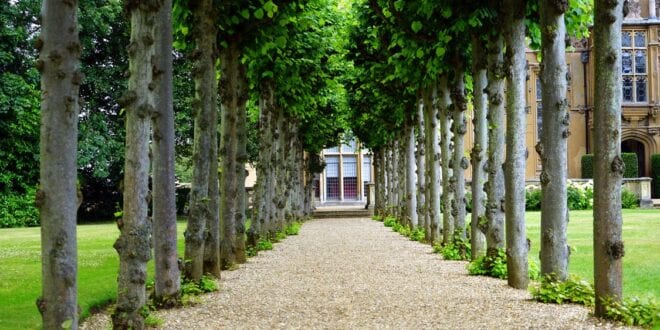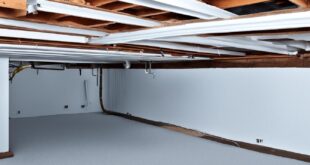Buying a new home comes with various responsibilities. You are in charge of the security and the appearance of your house, whether inside or outside. One of the many things you need to take care of is related to the landscape area, including the plants in your yard. Taking care of the trees might not be first on your list of priorities, but you should never neglect their overall welfare.
Here are some valuable tips you can use to take care of your trees.
Choose the Right Trees
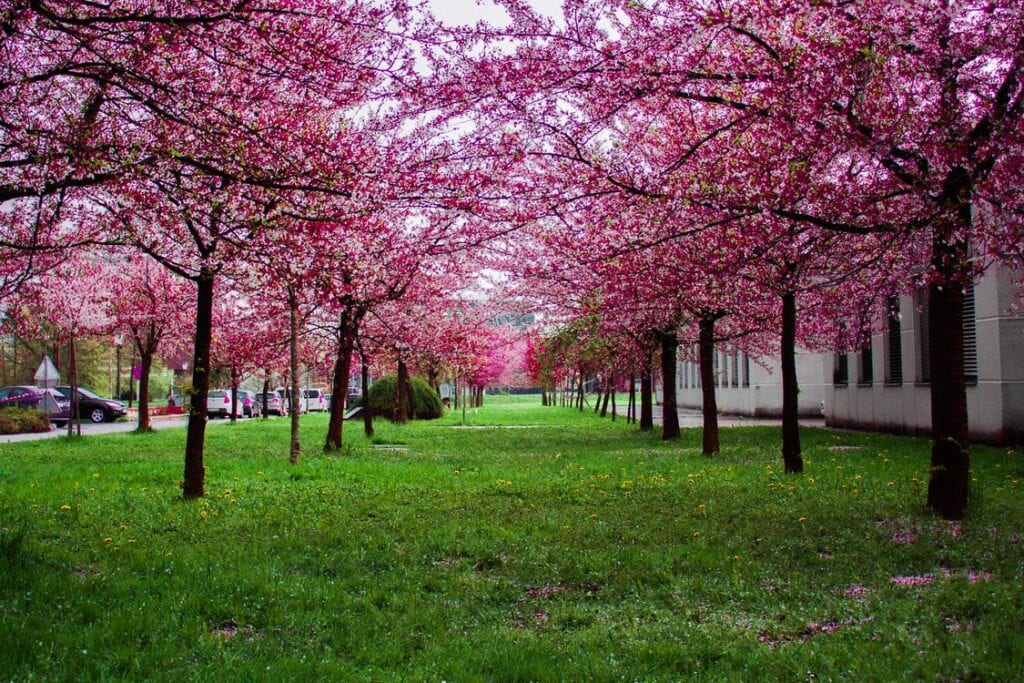
Trees are a vital addition to your landscape. They enhance the appearance of any property by a significant percentage. But this does not mean that you should choose just any kind you please. There are essential factors to consider when it comes to selecting the best plant for your property, such as the weather and soil condition. You need to realize what your goal for planting is. Do you need it for the natural barrier, or for the shade it offers? It is vital to know whether the one you choose can grow to its maximum height in your yard because if not, it may be a disaster in the long run.
It is essential to take into account any constraints your property has. Power lines, irrigation, and the condition of your soil will affect the overall growth. If you live in the northeast, it is more desirable to plant hardier trees. In comparison, the tropical ones and palms grow well in the south.
Select Healthy Trees at the Nursery

When you have finally determined the species that will best grow in your property, it is time to head to the nursery. There are various considerations to take into account when shopping for a healthy tree:
- Consider moist and fibrous roots for a bare-root seedling. If you’re looking for a deciduous seedling, make sure the stem and roots have the same length.
- The root ball of a burlapped tree should be firm and have the right size.
- Don’t get a container-grown tree with roots circling within the container.
Finally, make sure to choose the one with healthy bark and free from any damage caused by insects.
Plant them Correctly
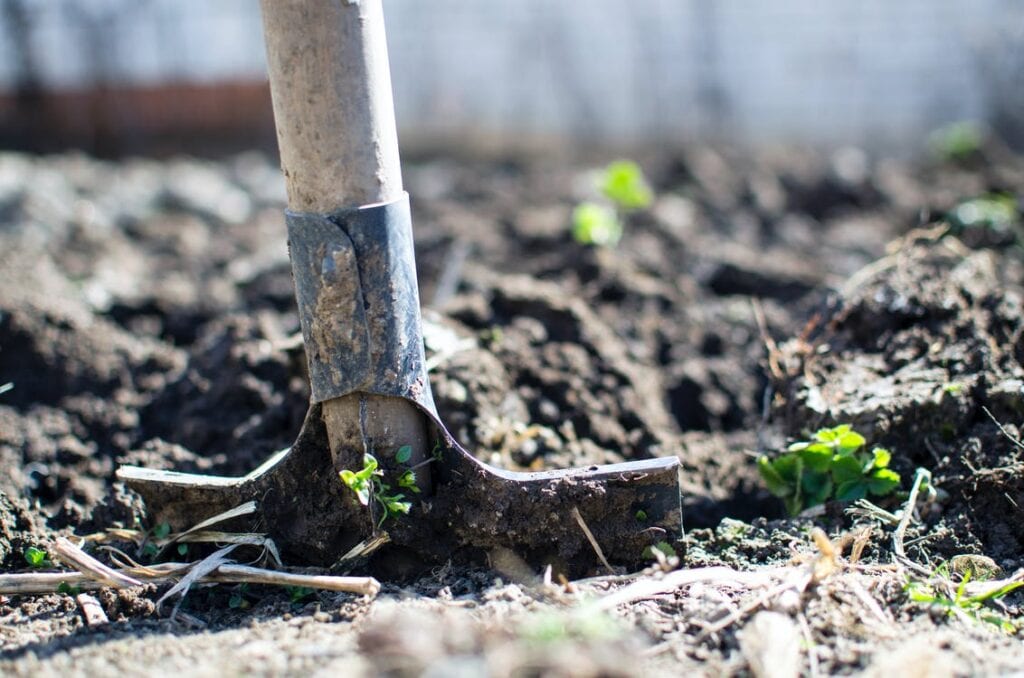
Planting correctly from the beginning is important for healthy growth. It is a process that includes more than digging the ground and putting the tree in place. You need to plan ahead and consider planting far from your home. This will ensure that the roots will not compromise the structural integrity of your home’s foundation as it grows. Don’t neglect any underground utilities, and make sure they will not be affected by your tree’s growth.
The hole you dig should be deep enough and at least three times wider than the root ball. One of the most common planting mistakes is placing the tree too deep into the hole.
Take a few steps backward to make sure the plant is not inclining to one side. Remove the burlap and twine from the root ball if you are working with a burlapped one. In the case of a root ball enclosed in a wire basket, make sure to get rid of the wire at the top section. There are instances when the trunk flare is not easily detected on the root ball. In this situation, be sure to locate the main roots. Remove the excess soil from the root ball until you see where the trunk flare is.
Use the soil you removed from the roots to backfill the planting hole. Keep in mind that soil amendments don’t always help establish the tree. Add water to the soil around the root ball when backfilling to avoid air pockets. It is unnecessary to put backfill on the root system. You can put mulch over the exposed ball. You can also stake it if you see fit.
Watering and Feeding
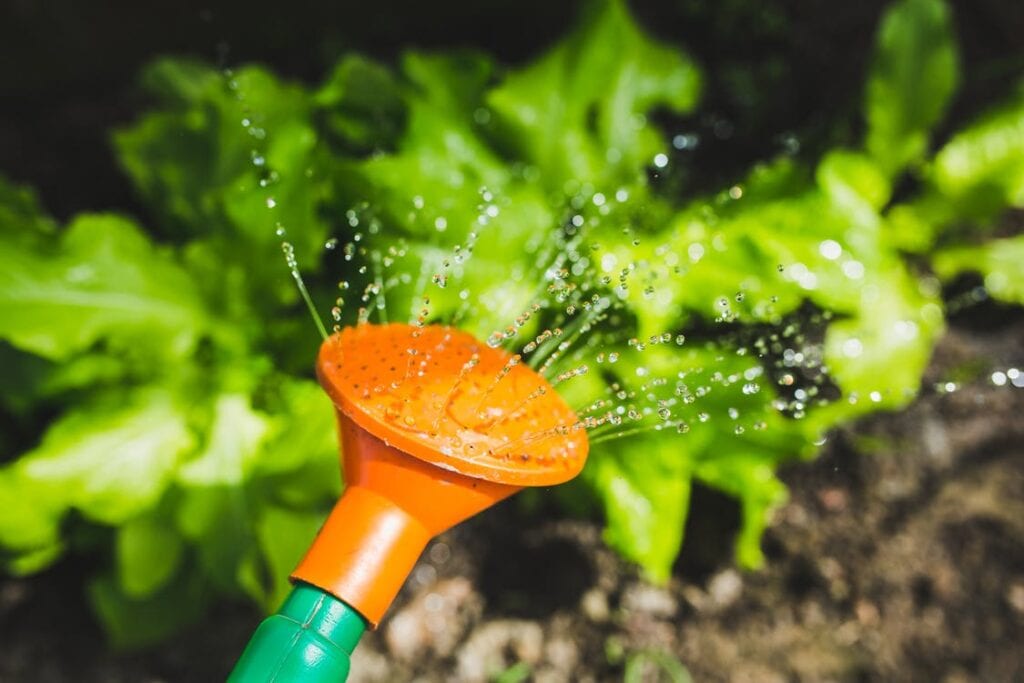
Plants, like humans, need to eat and drink to live. Whether it’s a newly planted or an old one, it is imperative that it gets enough nutrition and hydration for them to survive. When it comes to watering your tree, it is vital to keep the soil moist. Don’t let the ground become muddy because this is as bad as getting too little water. Watering should be done every week for the best results.
You need to consider the type of soil you have when it comes to feeding your plant. It is vital to have a soil assessment of learning what nutrients your tree lacks from the ground. It is best to get in touch with a professional arborist to help you understand your plants’ needs to flourish. In most cases, fertilizing it once a year will do the trick.
Pruning and Trimming
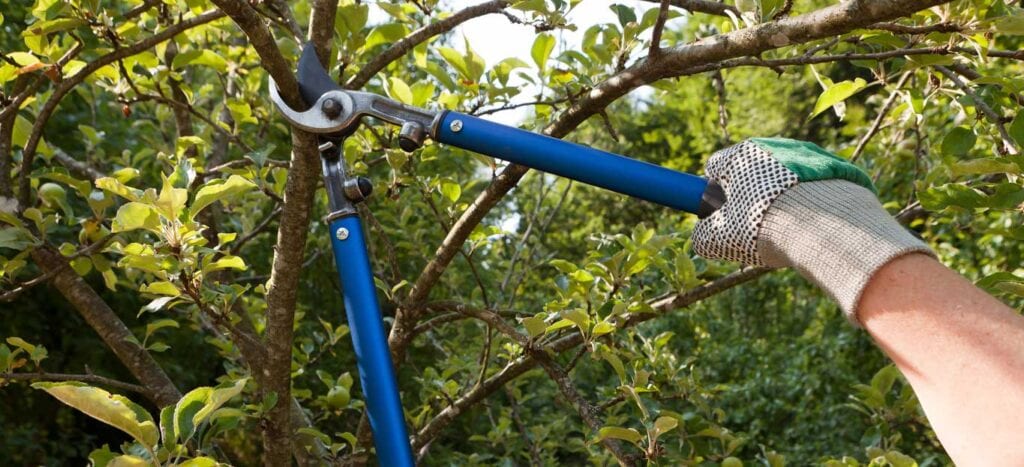
Pruning is crucial for the overall health and appearance. It goes a long way when it comes to keeping the tree free from damaged and broken branches. It promotes proper airflow and sunlight that is vital for the plant’s health as it matures. It is also important to prevent diseases from infecting the entire tree. Pruning is more than just removing a branch here and there. It takes skills and experience because one mistake can lead to the deterioration of overall health. However, don’t over prune and remember that “less is more.”
If you decide to plant near utility lines, trimming is not optional. This is essential to keep you and your neighbors from any danger caused by fallen branches or trees.
Learn when the Removal is Necessary
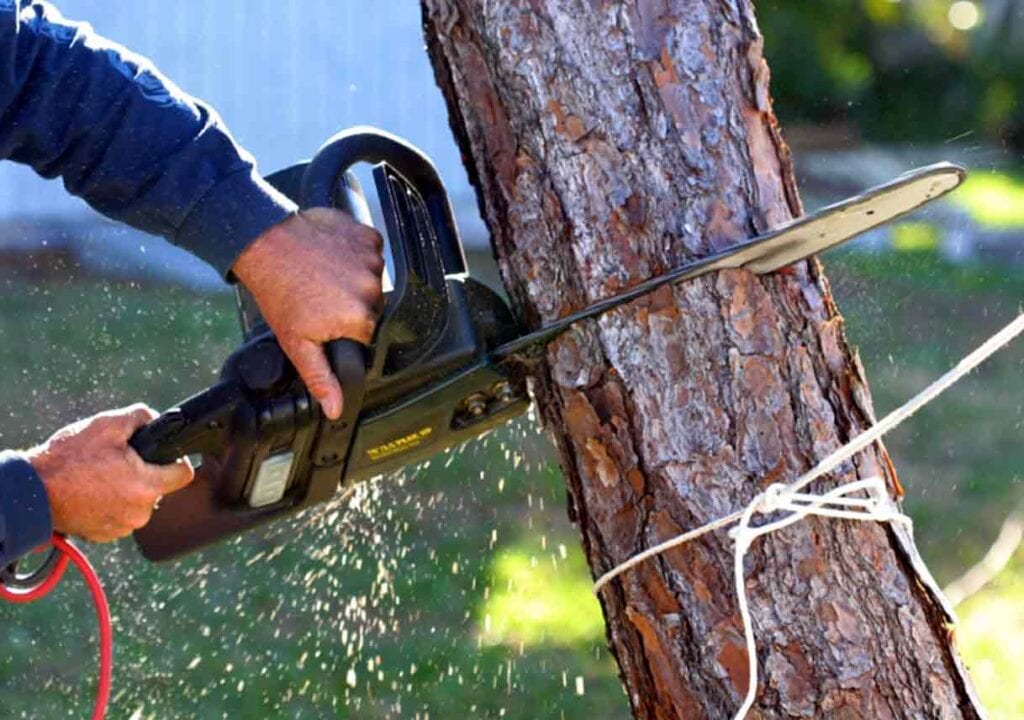
Some trees fail to survive despite providing them every possible care they need. When you’ve done your best, but it fails to thrive, it may be time to have it removed. Weak or dead ones are particularly vulnerable during high winds or intense storms. They can easily get swayed or uprooted and fall onto your roof. Therefore, a scenario like this is a threat to you and your neighbors’ safety, which is why it is crucial to eliminate them.
If you see the need to take down a tree in your yard, contact a skilled tree service contractor to do it for you because they have the equipment and knowledge to carry it out safely. You may also need to get rid of the existing ones in your property if you plan on making any renovations and construction in your yard. Unwanted plants may hamper the construction process, so it is best to remove them before beginning any project.
Remember to choose a service, like www.treeservicelittlerock.net in Little Rock, AR, that will help you keep your trees in top shape for many years to come. If tended to properly, plants offer benefits to its owner and the entire community. Whether you plan to plant a new one or want to maintain the existing ones in your yard, select a company with skills, experience, and equipment for the job.
 Imagup General Magazine 2024
Imagup General Magazine 2024
